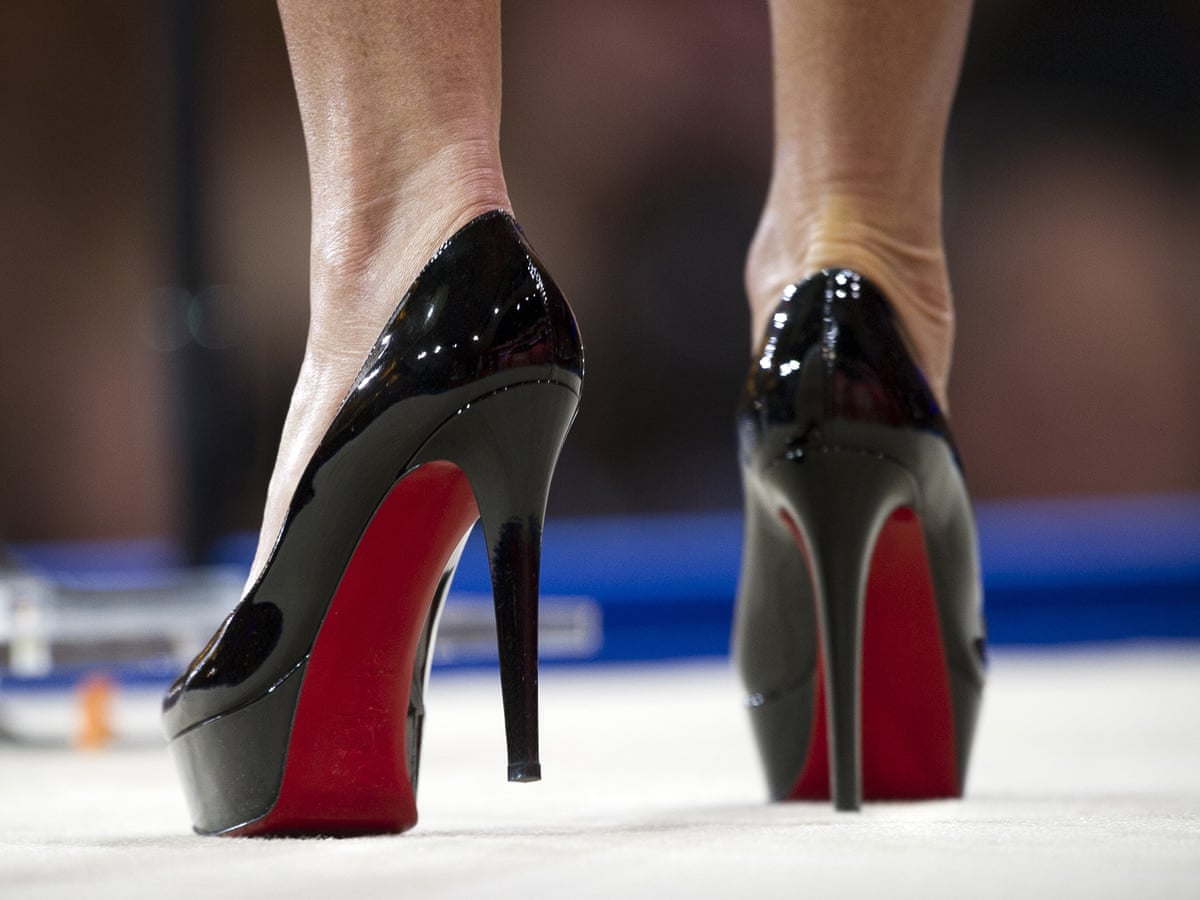
Christian Louboutin | Shoes | Christian Louboutin Classic Black Round Patent Leather Platform Pump Size 385 | Poshmark

Christian Louboutin Documented Vintage Shoes with Gold Leaf Heels at 1stDibs | rare christian louboutin, vintage louboutins, christian louboutin vintage shoes

Christian Louboutin | Shoes | Classic Black Patent Leather Christian Louboutin Heels Size 37 | Poshmark

Christian Louboutin | Shoes | New Christian Louboutin Pigalle Follies 0mm Black Classic Stiletto Sz 365 | Poshmark




















